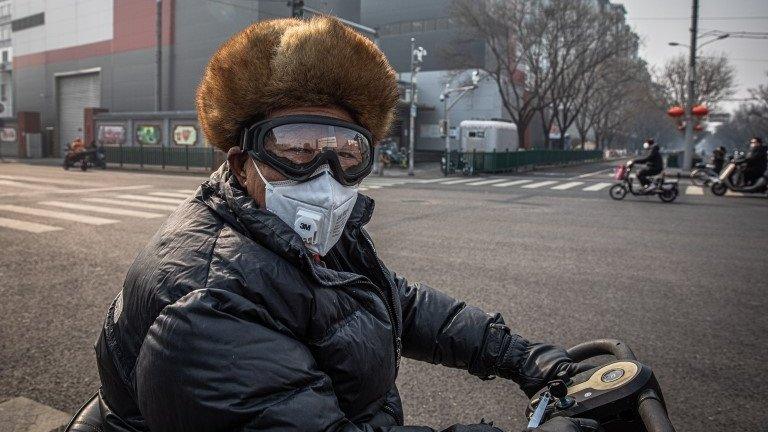Further increase in Scottish coronavirus testing
- Published
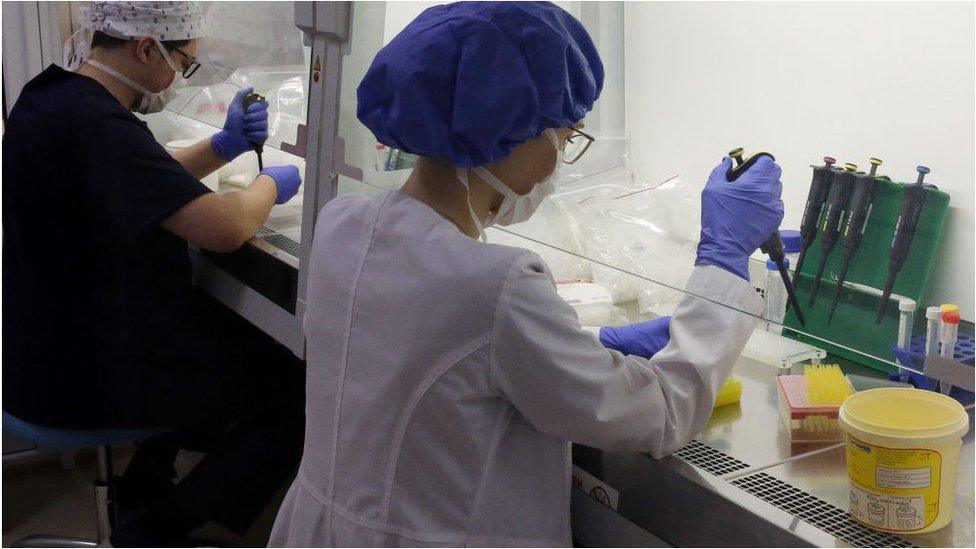
Testing of suspected cases continues alongside work to develop a vaccine for Covid-19
A total of 148 tests have now been carried out on people in Scotland suspected of having the new form of coronavirus.
The Scottish government said that all results had so far been negative .
The figure represents an increase of 42 since the day before and an increase of 66 since Tuesday.
Meanwhile, Heriot-Watt University in Edinburgh has said, external "a member of our university community" is in precautionary self-isolation.
The university said it remained open and promised to tell students and staff once the results of tests are known.
University Secretary Ann Marie Dalton-Pillay added: "The health and wellbeing of our students, staff and visitors is of paramount importance and I would like to offer reassurance that nothing has been confirmed at this time."
China deaths
The latest figures on Scottish testing came after China reported a significant jump in the number of people suffering from the disease, Covid-19.
It also said there had been a further 242 deaths in the province of Hubei.
46,997Cases recorded worldwide as of Thursday
447Confirmed cases outside of China
9Confirmed cases in the UK
The Scottish government statement said the declaration by the World Health Organisation (WHO) of a public health emergency of international concern "does not mean that the risk to individuals has increased, and it does not mean that any additional precautions are necessary".
The four chief medical officers in the UK have raised the risk level from low to moderate.
The statement adds: "The change reflects the need for governments and the health service to escalate planning and preparation in case of a more widespread outbreak."
Across the UK, 2,521 people have been tested for Covid-19 so far, with 2,512 confirmed as negative and nine positive.

How is Scotland preparing?

When Covid-19 became a global issue the full machinery of planning and co-ordination was activated through the Scottish government Resilience Organisation or Scottish Government Resilience Room (SGoRR) and Cobra (COBR) at UK level. They are the two governments methods of taking control in a time of emergency or emergency planning.
In Scotland, this includes daily advice from the chief medical officer (CMO) for Scotland who co-ordinates with her counterparts in the other three nations of the UK.
Public information is key to avoid panic and mis-information, so the Scottish government and the CMO control the message in Scotland.
We have seen that message become more cautious over the past week. Patients awaiting a test result have always been told to self-isolate at home unless they are medically unwell. In the event of a positive test they would continue to recover at home unless they needed medical treatment.
However they have moved to a more "conservative" approach to provide extra reassurance - the first confirmed patients in Scotland will now be treated and isolated in an infection-controlled area.
In that case there are around 100 very high isolation beds in Scotland but in fact any single room in any hospital could be used as isolation, or wards could be created with infection control measures in place.
As the number of people who could potentially have been in contact with someone who has the virus has increased, so have the number of tests being carried out. This is now being done in Scotland.
Any positive results would then be sent to England for corroboration. So far, that hasn't happened. But we have been repeatedly told to expect the virus in Scotland any day.

Along with the figures on deaths in Hubei, the Chinese authorities said there had been an increase in the number of cases, with 14,840 people diagnosed with Covid-19.
Hubei has started using a broader definition to diagnose people - which accounts for most of the rise in cases.
The new cases and deaths in the province have pushed the national death figure in China above 1,350 - with almost 60,000 infections in total.
WHO says it is seeking "further clarity" from China about the changes to how cases of the virus are being confirmed.
London hospital
Health officials in England are attempting to trace the contacts of the latest person to be diagnosed with coronavirus in the UK.
The woman, being treated at Guy's and St Thomas' in London, flew into Heathrow from China a few days ago.
Meanwhile, more than 80 people who stayed in accommodation at Arrowe Park Hospital in Merseyside for two weeks have left after testing negative for the new strain of coronavirus.
They are one of two groups of British nationals evacuated from Wuhan, with the second quarantined near Milton Keynes.
The head of NHS England, Sir Simon Stevens, has said many more people may be forced to self-isolate as part of efforts to stop the coronavirus spreading in Britain.

Covid-19: What's in a name?
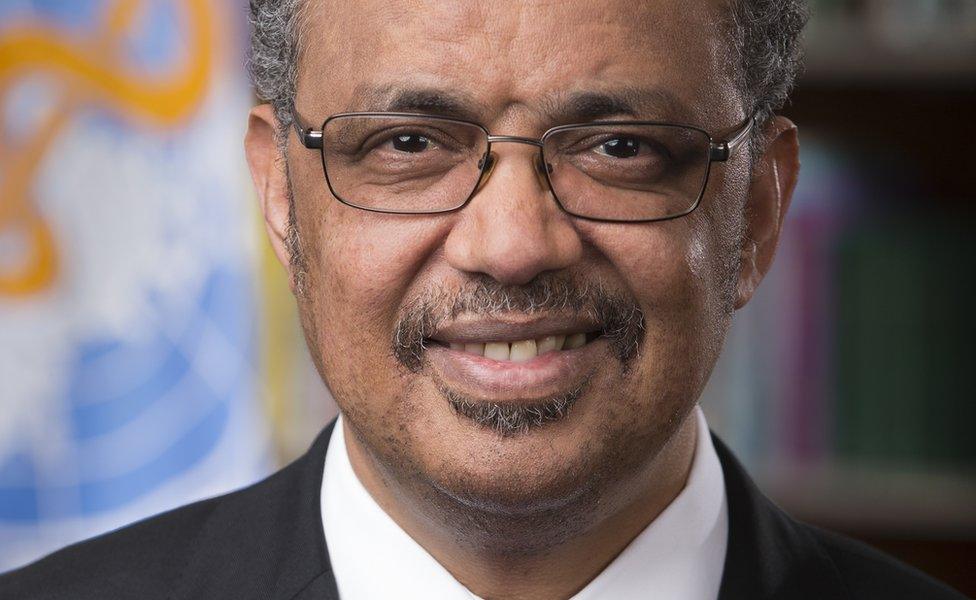
The official name for the new coronavirus was announced in Geneva by WHO Director-General Dr Tedros Adhanom Ghebreyesus.
"We had to find a name that did not refer to a geographical location, an animal, an individual or group of people, and which is also pronounceable and related to the disease," he said.
"Having a name matters to prevent the use of other names that can be inaccurate or stigmatizing. It also gives us a standard format to use for any future coronavirus outbreaks."
The Covid-19 name is made up of four elements:
Co - for corona
Vi - for virus
D - for disease
19 - for 2019, when the disease was first detected
- Published13 February 2020
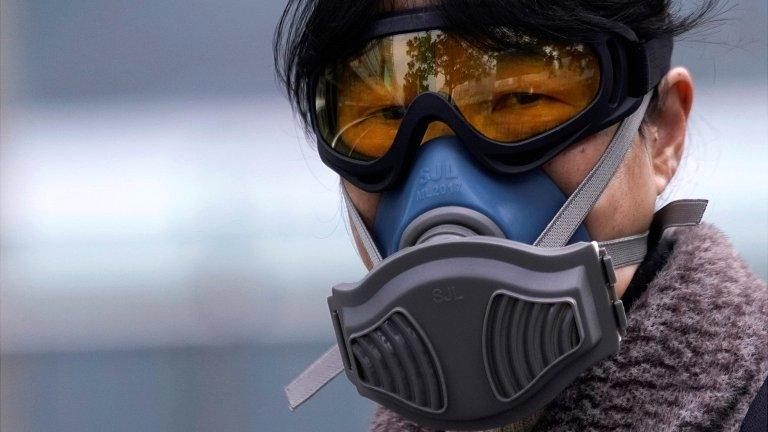
- Published12 February 2020
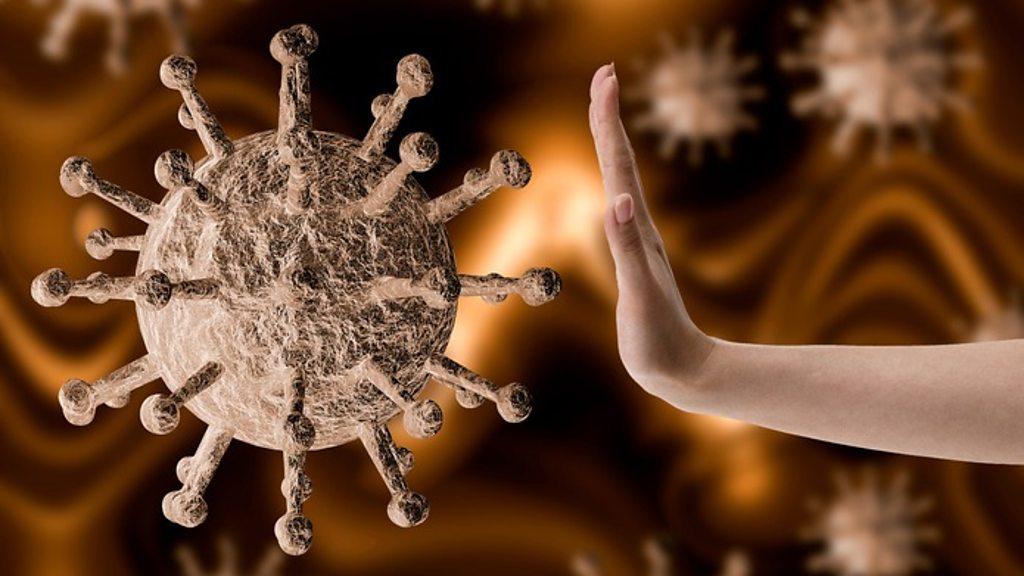
- Published11 February 2020
